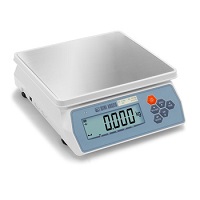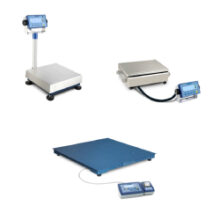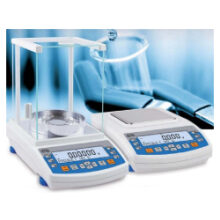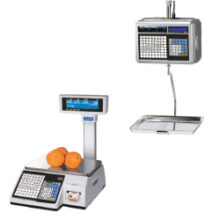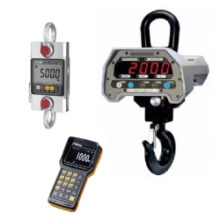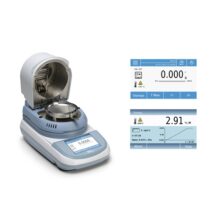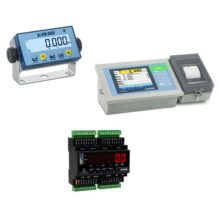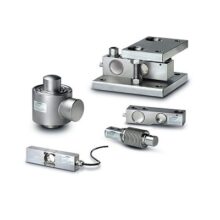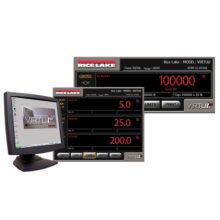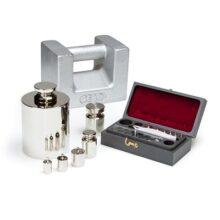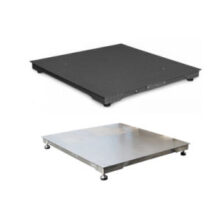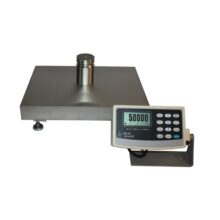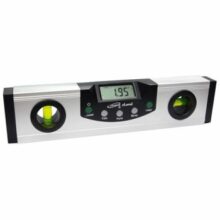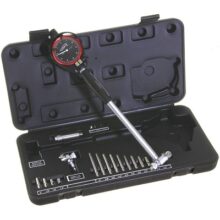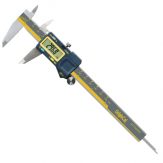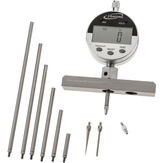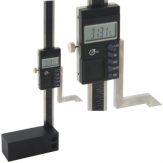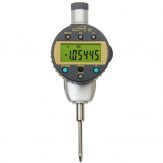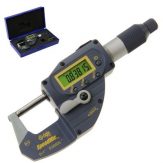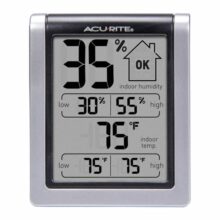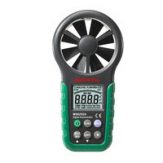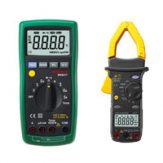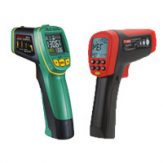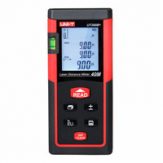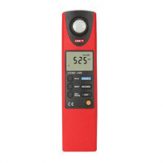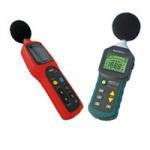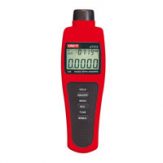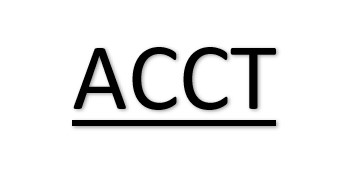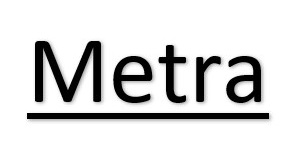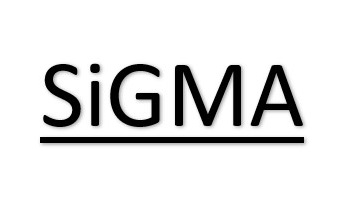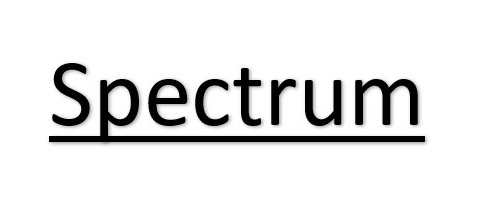Should There Be a Space Between Numbers and Units? A Guide to Proper Formatting
Units and Spacing Rules (SI and Common Units)
In the International System of Units (SI) and other standard conventions, the general rule is:
- Always include a space between the number and the unit symbol.
Units That Require a Space
SI Units (Standard Units)
| Measurement Type | ✔ Correct Example | ❌ Incorrect Example |
| Mass | 5 kg | 5kg |
| Length | 10 m | 10m |
| Time | 3 s | 3s |
| Electric Current | 12 A | 12A |
| Temperature | 25 °C | 25°C |
| Volume | 4 L or 4 l | 4L |
| Energy | 100 J | 100J |
| Force | 20 N | 20N |
Non-SI Units
| Measurement Type | ✔ Correct Example | ❌ Incorrect Example |
| Speed | 60 mph | 60mph |
| Pressure | 101 psi | 101psi |
| Data Storage | 500 MB | 500MB |
| Frequency | 50 Hz | 50Hz |
| Power | 200 W | 200W |
Exceptions: Units Without Space
- Degree, Minute, and Second for Angles
- ✔ Correct: 30° (degrees), 15′ (minutes), 45″ (seconds)
- ❌ Incorrect: 30 °, 15 ′, 45 ″
- Percentage and Permille Symbols
- ✔ Correct: 50%, 0.1‰
- ❌ Incorrect: 50 %, 0.1 ‰
- Currency Symbols (When Placed Before the Number)
- ✔ Correct: $5, €10, £20
- ❌ Incorrect: $ 5, € 10, £ 20
- BUT: When the symbol comes after the number, there’s a space: 5 USD, 10 EUR
- Inch and Foot Symbols (for Measurements)
- ✔ Correct: 5′10″
- ❌ Incorrect: 5 ′ 10 ″
General Rules for Proper Spacing
-
🟢 Always use a space between a number and its SI unit (kg, m, s, N, etc.).
- 🛇 No space for symbols like ° (degree), % (percent), currency when placed before numbers.
Be consistent with formatting throughout your text or document

